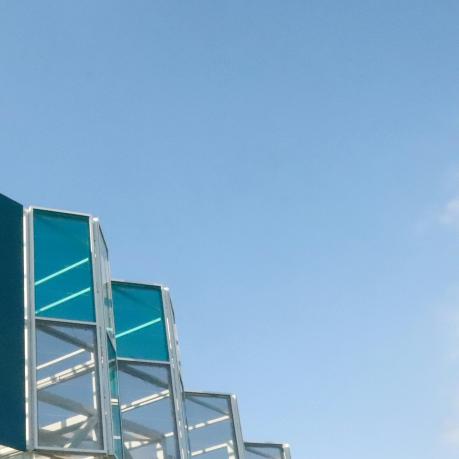
What to look for at COP29: Media Advisory
News publ. 11. Nov 2024
News publ. 06. Feb 2014
Emissions trading continues to spread around the world, and 2013 was a record year: nine new emissions trading schemes (ETS) have started operation worldwide. Get more insights about carbon markets with the first status report on emissions trading by International Carbon Action Partnership (ICAP).
Emissions trading continues to spread around the world, and 2013 was a record year: in total, nine new emissions trading schemes (ETS) started operation worldwide. Five of these new systems are in China, the world’s largest emitter of greenhouse gases. These Chinese pilot schemes on the metropolitan and provincial levels are planned as a prelude to a transition to emissions trading on the national level; a policy innovation for a country that has traditionally relied on more command and control measures such as bans and standards.
By 2015, several other ETS will start; the share of global emissions covered by emissions trading is expected to rise by 70 percent from a 2005 basis, according to the new ‘Emissions Trading Worldwide: ICAP Status Report 2014’ released on 6 February 2014. Many other insights about the status and working of emissions trading around the world can be found in the first edition of the report by the International Carbon Action Partnership, an international forum for public authorities and governments working on emissions trading.
“This report represents a unique assembly of information and analysis on where various jurisdictions around the world stand with their emissions trading systems (ETS)” said Constanze Haug, ICAP Project Manager, upon the release.
The report further offers practitioner insights, enlightening infographics, and detailed factsheets on emission trading systems. Compiled by the ICAP Secretariat, contributing authors writing in their personal capacities include Peter Zapfel and Vicky Pollard of the European Commission, taking a look at the ‘backloading’ proposals in Europe; and Mariette van Empel of the Dutch Ministry of Infrastructure and the Environment, with a commentary on the Dutch model for stakeholder engagement. Other highlights include a look at Québec’s policy vision by Jean-Yves Benoit of the Quebec Ministry for the Environment, an insider look at the RGGI cap-and-invest model from Jared Snyder, Assistant Commissioner at the New York State Department of Environmental Conservation, and examinations of the systems of the cities of Tokyo, Japan and Shenzhen, China.
The report contributes to ICAP’s efforts to provide a forum for governments and public authorities to share knowledge and experiences in ETS design and implementation. ICAP will continue to help systems work towards the goal on the way to a robust global carbon market.